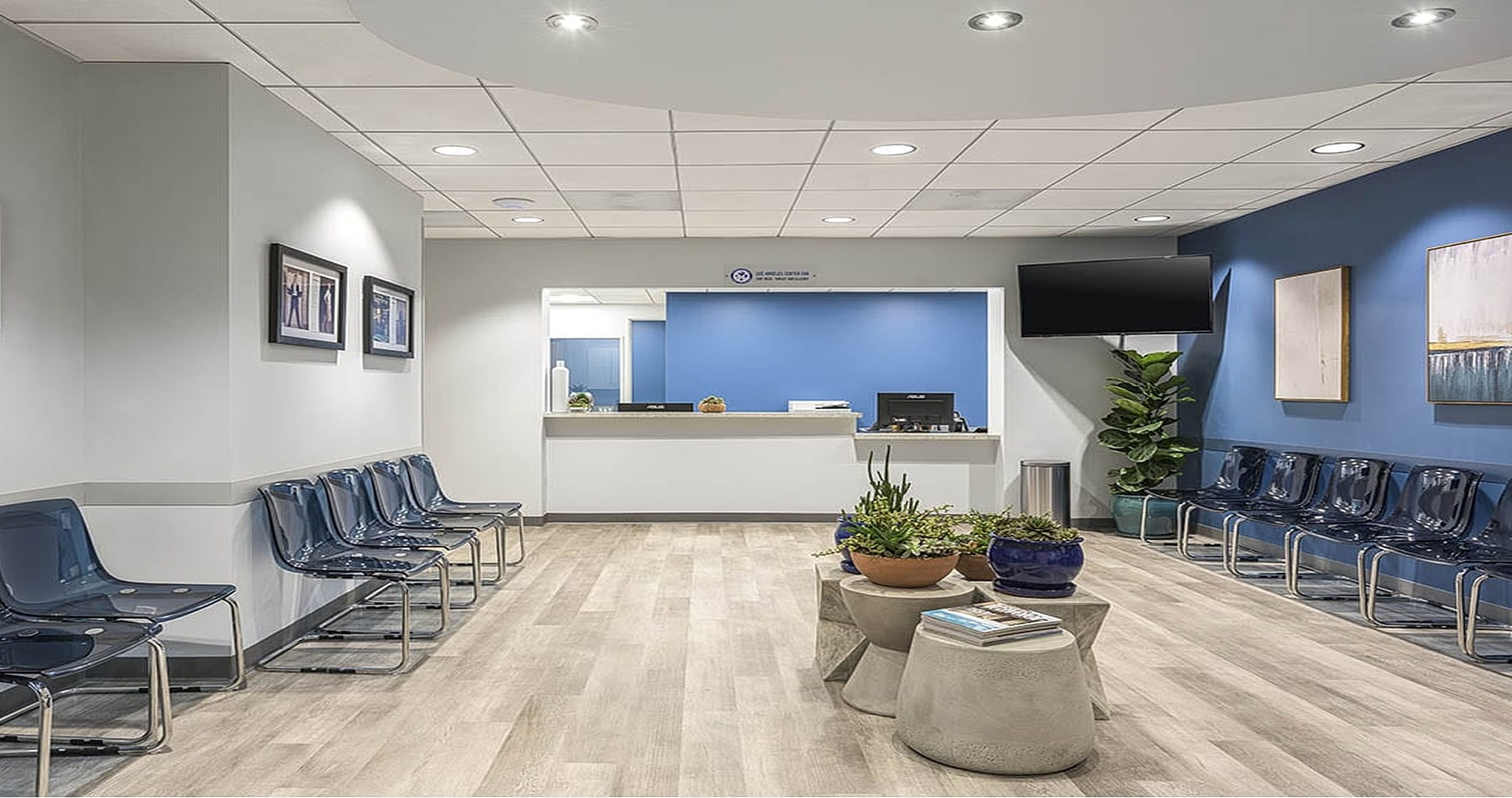
















The voice is a fundamental part of self-expression. Vocal feminization surgery (VFS) is a gender-affirming procedure that modifies pitch and tone to create a more feminine-sounding voice, helping align outward expression with inner identity.
At SoCal ENT, we are committed to providing compassionate, high-quality gender-affirming care in a supportive and inclusive environment. Using the Vocal Fold Shortening and Retrodisplacement of the Anterior Commissure (VFSRAC) technique, our surgeons deliver natural-sounding results without external incisions, prioritizing a smooth recovery and seamless transformation.





Vocal feminization surgery (VFS) is a gender-affirming procedure that adjusts the size, length, and tension of the vocal cords to achieve a higher-pitched, more feminine voice. At SoCal ENT, we use the VFSRAC technique, a state-of-the-art approach that does not require external incisions.
Unlike traditional methods that only shorten the vocal cords, the VFSRAC approach considers airflow, resulting in a more natural resonance and voice quality with minimal impact on surrounding tissues.
The first step is a comprehensive consultation with our ENT specialists. We will:
Before surgery, you may need to:
The VFSRAC procedure takes 45 to 60 minutes and is performed under general anesthesia.
After surgery, patients are monitored before being sent home the same day.
The VFSRAC technique offers key advantages over other surgical approaches, making it the preferred choice for voice feminization:

Vocal feminization surgery is an option for transgender women and non-binary individuals who experience dysphoria or discomfort with their voice. Ideal candidates:
If you are unsure whether VFS is the right step for you, our specialists will guide you through the process during your consultation.

Recovery is straightforward but requires strict voice rest to ensure optimal healing:
Temporary hoarseness, swelling, or mild discomfort is normal in the first few weeks. Our specialists will provide personalized aftercare instructions to optimize healing.

Most patients achieve a feminized voice within 3–6 months post-surgery. Pitch, tone, and resonance continue to refine over time, particularly with voice therapy exercises.
Because the VFSRAC technique considers airflow and vocal mechanics, results sound natural and do not strain the voice.
No, the procedure is performed under general anesthesia, so you won’t feel any pain. Mild hoarseness and swelling are normal but subside within a few weeks.
Yes! The VFSRAC technique preserves natural airflow and vocal function, leading to a higher-pitched, natural-sounding feminine voice.
Yes, when performed by experienced ENT specialists. However, risks include scar tissue formation, temporary hoarseness, and rare complications like bleeding or infection.
Results are permanent once healing is complete.
We strive to make gender-affirming care accessible. We accept over 100 insurance plans and offer flexible payment options for uninsured patients.
Yes! Voice training enhances your results by refining pitch, tone, and resonance. Many patients benefit from post-surgical voice therapy.
You will need 14 days of voice rest. After that, your doctor will guide you on when and how to begin speaking again.